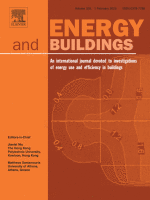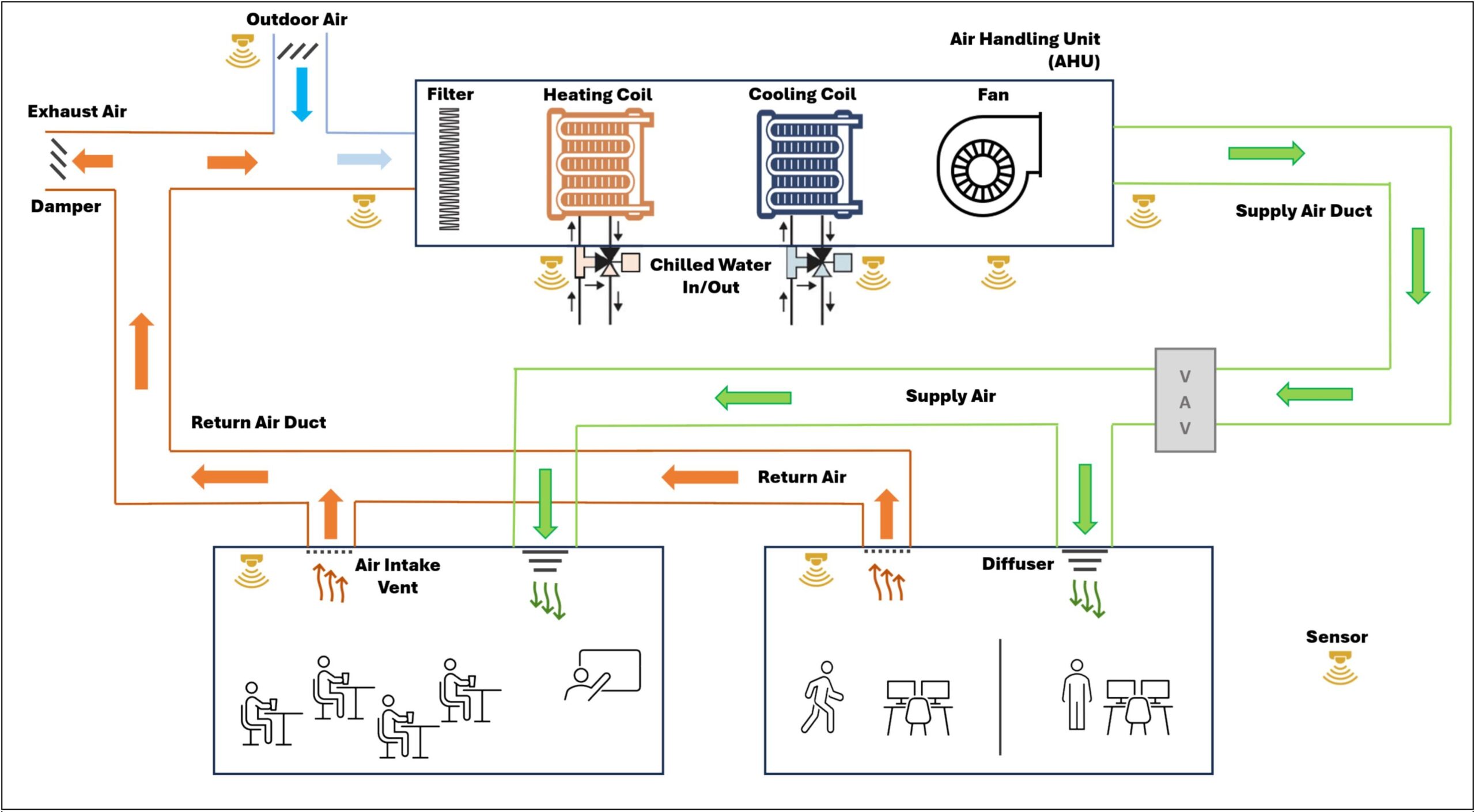
Professor Mark Hernandez of the University of Colorado, Boulder.
The study looked at airflow, energy consumption at fans and cooling coils, and pressure differentials at four buildings with two near-identical HVAC systems to compare results between a system which was cleaned and a control which was not. The buildings were spread over four different climates. Careful use was made of modern monitoring systems and IoT recording, to feed data in to sophisticated statistical analysis models.

- Larger duct systems, with larger surface areas of cleaned ductwork, showed relatively more improvement in airflow.
- Of course this study concentrated on energy benefits, but the hygiene benefits of clean ductwork and equipment were significant.
- Besides energy, operational and maintenance expenses can be expected to be reduced through the observed system stability in terms of pressure differentials, and reduced call on backup-systems e.g. cooling equipment.
- Reduced airflow will negatively impact IAQ not only in terms of reduced ventilation, but also in poorer in-room air mixing and distribution.
The authors call for more routine cleaning of HVAC ductwork and equipment on grounds of energy efficiency, IAQ and comfort, and ultimately carbon footprint grounds.
Incidentally kudos are due to our Italian member, Remotair who not only facilitated the introduction of Pavia University (and an example of a temperate/Mediterranean climate), but utilised their cleanliness monitoring equipment at the Pavia site.
